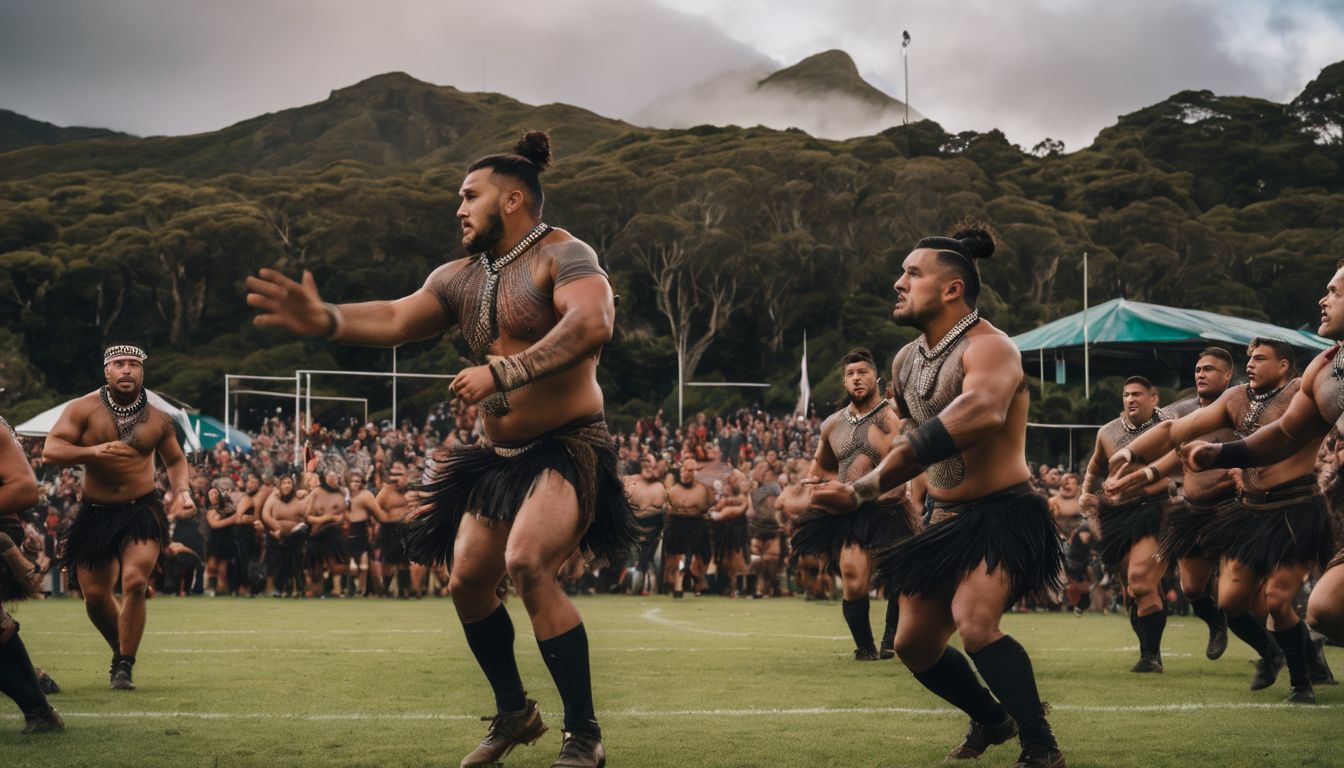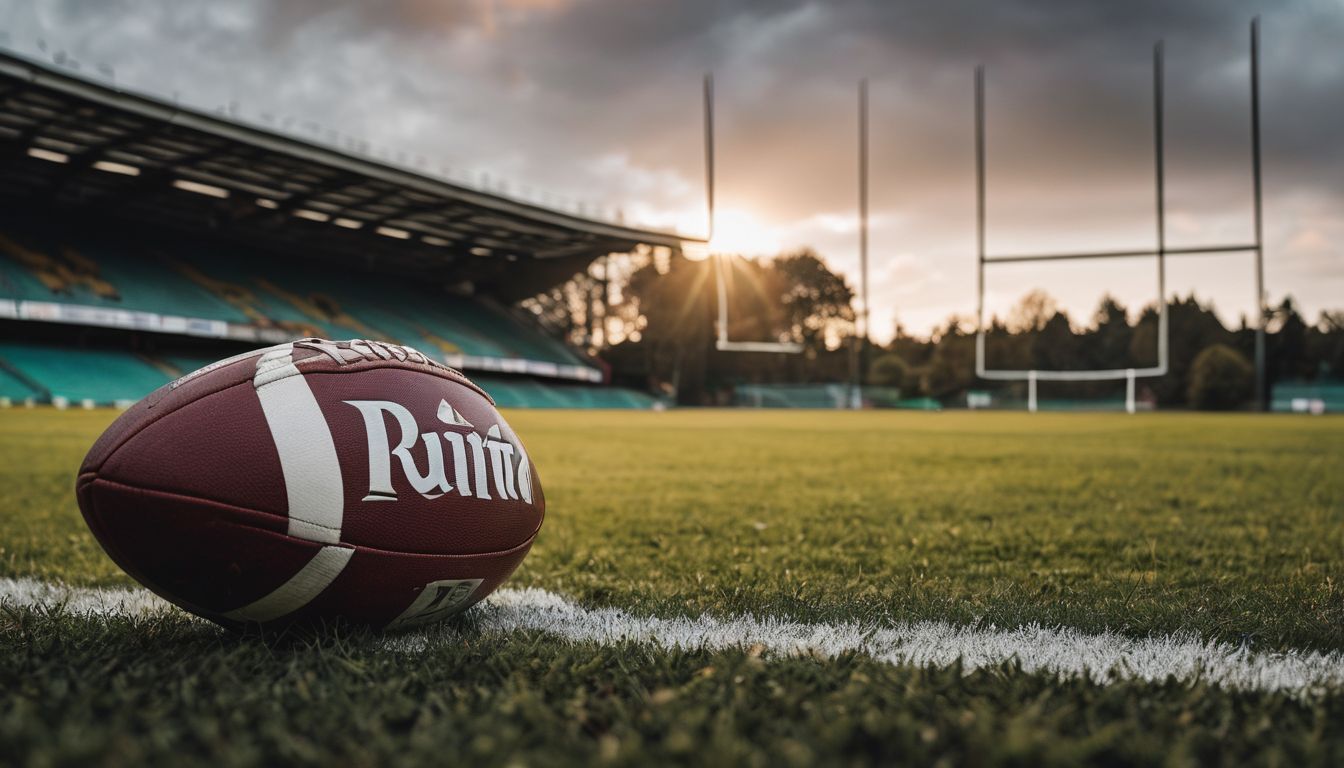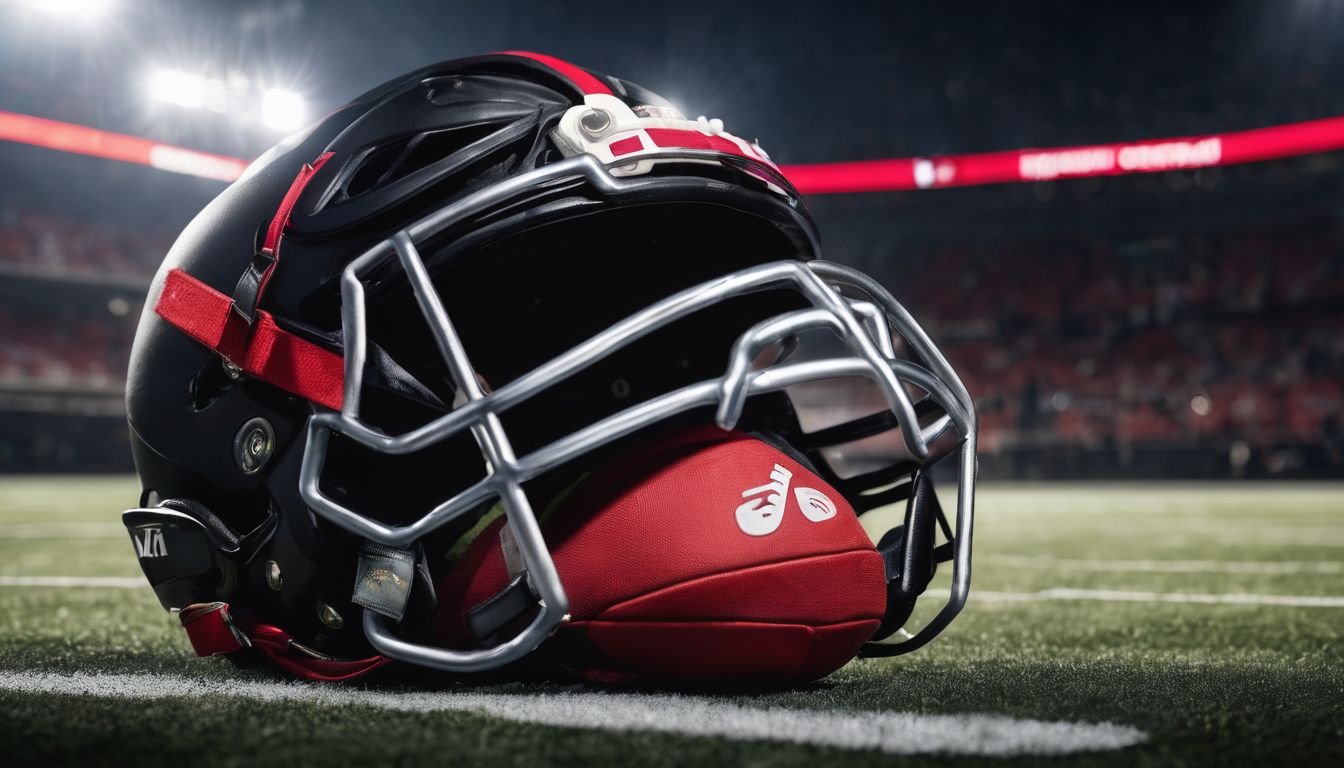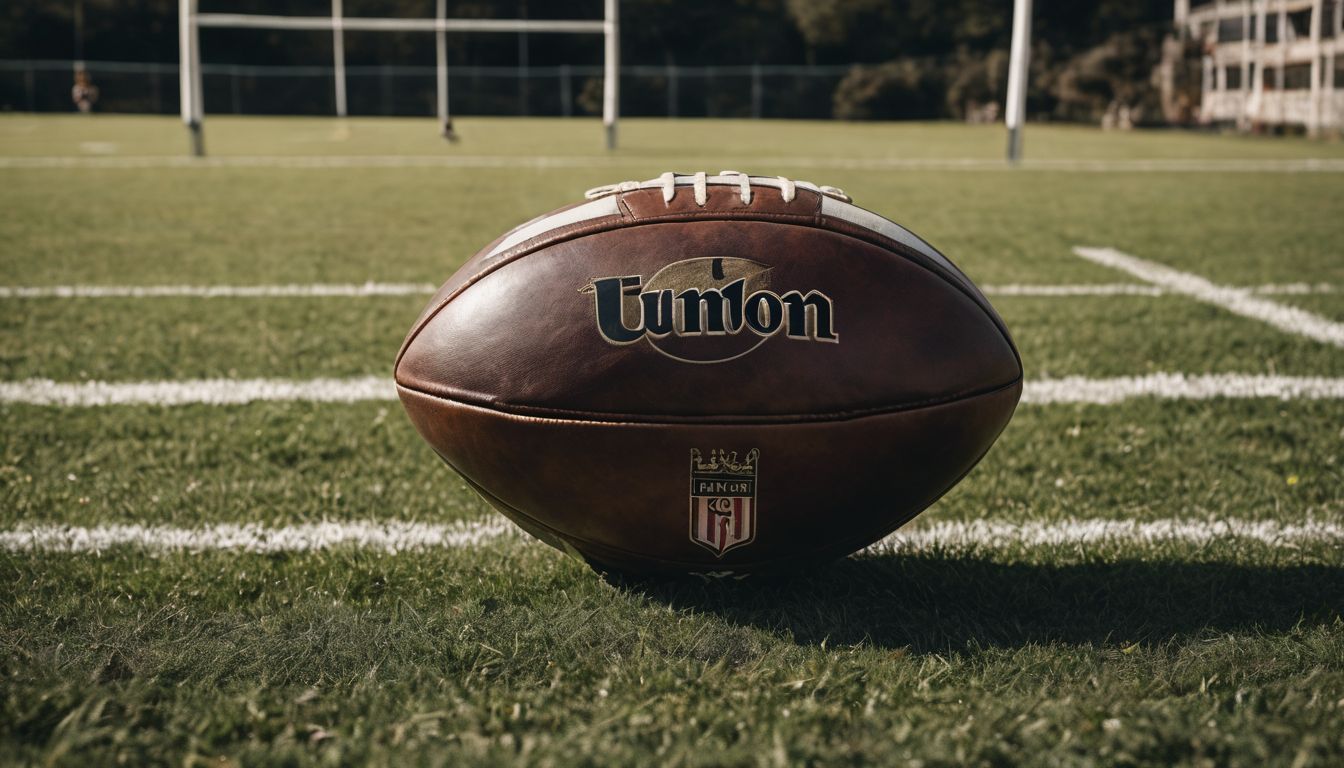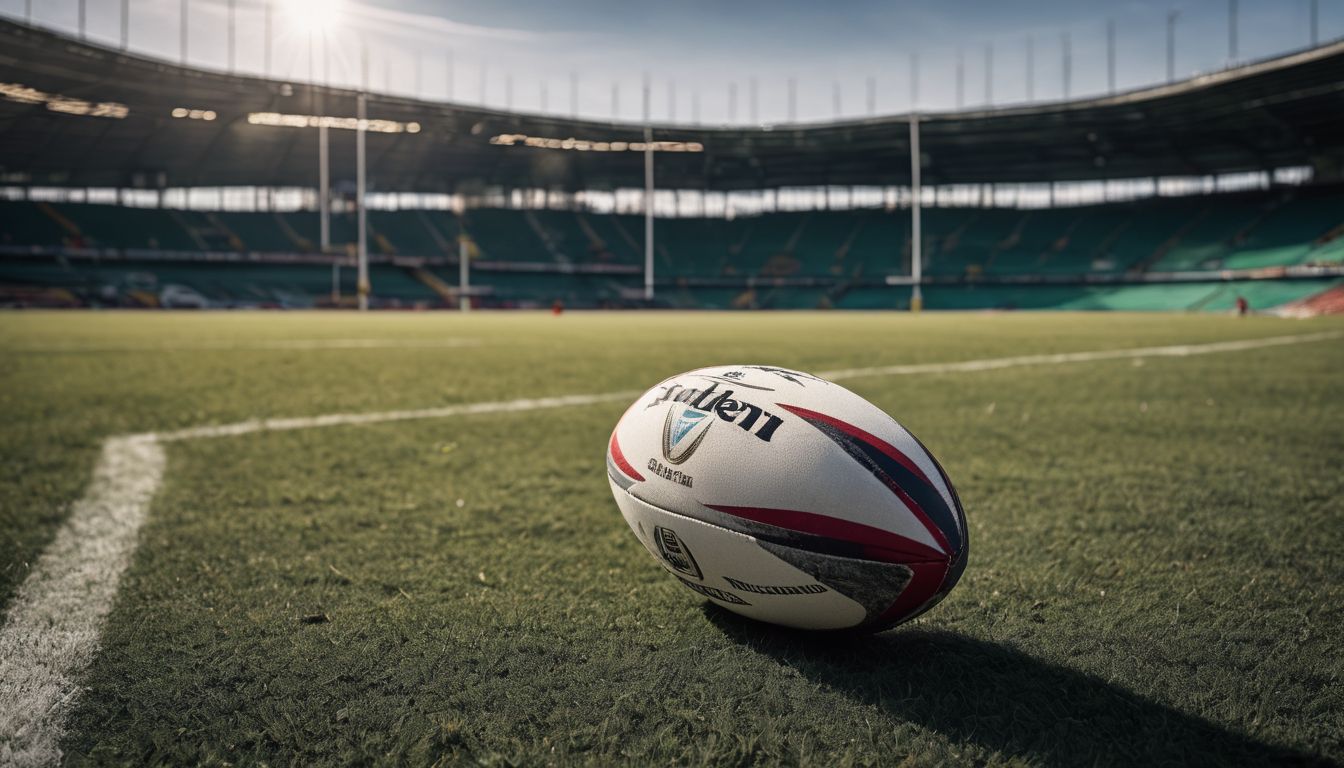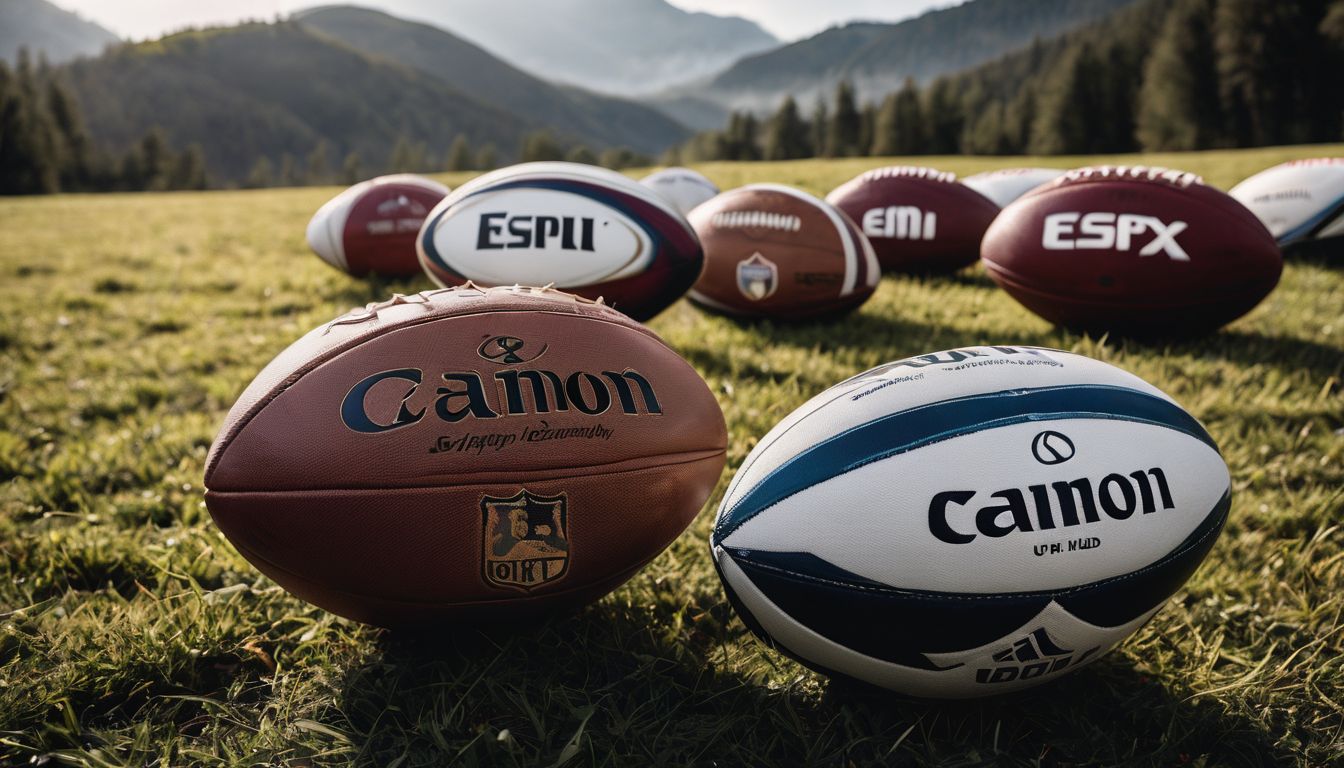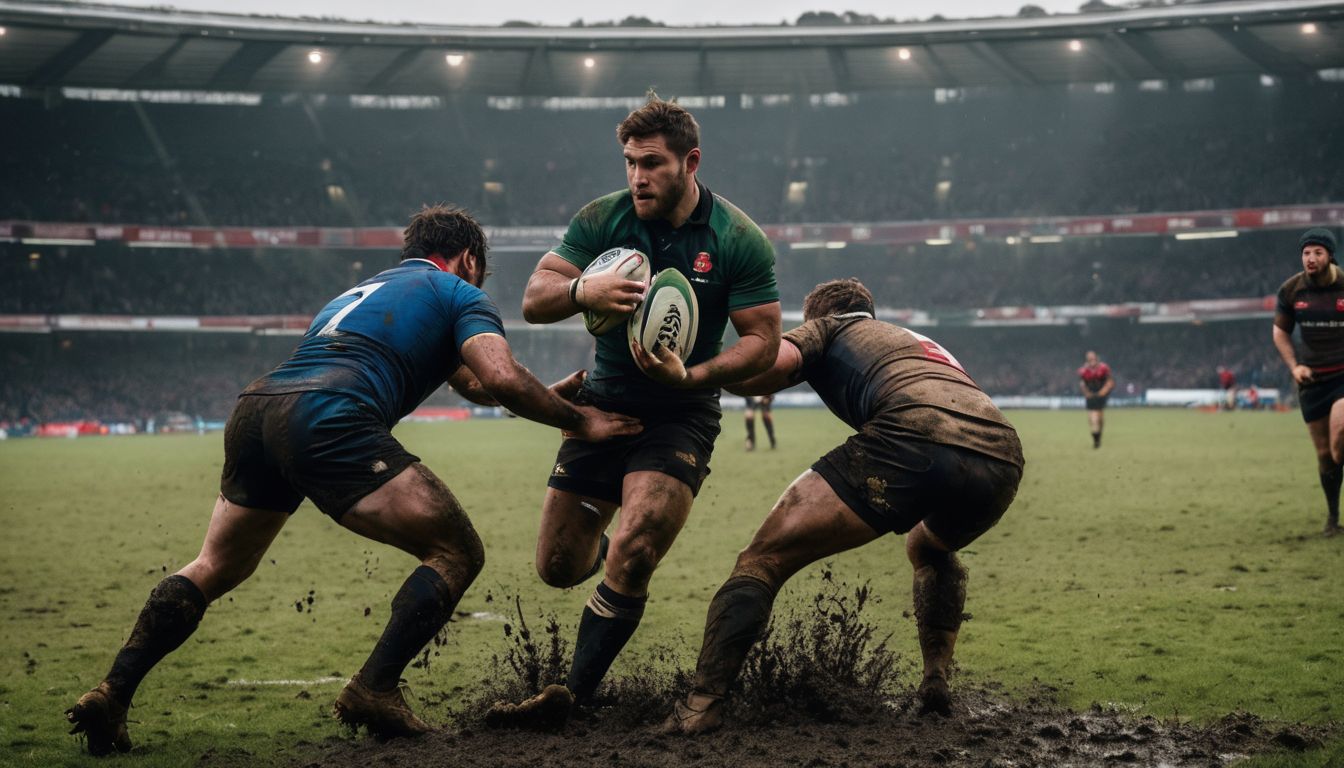Ever watched a rugby match and seen the powerful dance at the start? The Haka, a traditional Maori war dance, ignites rugby fields with raw emotion and cultural pride. This blog will delve into its rich history and why it’s much more than just pre-game entertainment in rugby.
Get ready for an eye-opening journey through a tradition that unites warriors of past and present!
Key Takeaways
- The Haka is a powerful traditional Maori war dance that symbolises pride, strength, and unity for New Zealanders.
- Performed by the All Blacks before rugby matches, it challenges opponents and unifies the team as they prepare for the game ahead.
- Different types of Haka exist such as Ka Mate and Kapa o Pango, each with its own unique choreography and meaning within Maori culture.
- While other teams have adopted similar pre – match dances to reflect their heritage, debates about cultural appropriation continue.
- Recognising the significance behind the Haka is vital to appreciating its role in both Maori tradition and international rugby.
History of the Haka
The Haka is a traditional war dance of the Maori people, which has evolved into a symbol of pride, strength, and unity. It holds significant cultural and historical importance for New Zealand.
You are currently viewing a placeholder content from Default. To access the actual content, click the button below. Please note that doing so will share data with third-party providers.
More InformationTraditional war dance of the Maori people
Maori warriors once used the Haka as a display of power and courage before engaging in battle. It served not just to intimidate, but also to unify their ranks, embodying the tribe’s collective strength and valour.
Today, that same fierce spirit echoes across rugby fields as players perform this ceremonial dance with intense passion. Each stomp and chant links them directly to New Zealand’s ancestral warriors, creating a bridge through time that honours Maori culture.
Their synchronised movements and powerful cries during the Haka send a clear message of solidarity to anyone watching. This ritual prepares teams like the All Blacks for the mental and physical challenges ahead on the pitch.
As they face their opponents, it’s more than just a performance; it’s an emotional preparation for battle deeply rooted in tradition.
Moving forward from this stirring exhibition of New Zealand rugby tradition, let’s explore how the Haka evolved into an emblem of pride and unity far beyond its origins.
Evolved into a symbol of pride, strength, and unity
From a traditional war dance of the Maori people, the Haka has evolved into a symbol of pride, strength, and unity. It is deeply rooted in Māori history and tradition, signifying their strong cultural identity.
The spine-tingling theatre has become world-famous through its adoption by the New Zealand national rugby team, the “All Blacks,” where it serves as a powerful display to challenge opponents before matches.
This intense and emotional performance art represents not only the Maori culture but also embodies community spirit and resilience.
The Haka in Sports
Adopted by New Zealand national rugby teams, the Haka is performed to challenge opponents before matches and to showcase team unity and pride. Different types of Haka are used with varying significance and meaning.
You are currently viewing a placeholder content from Default. To access the actual content, click the button below. Please note that doing so will share data with third-party providers.
More InformationAdopted by New Zealand national rugby teams
The Haka has been adopted by the New Zealand national rugby teams, including the iconic All Blacks. This powerful Māori war dance is performed by the team as a pre-match ritual to challenge and intimidate their opponents.
The intense display of pride, strength, and unity through the Haka is deeply ingrained in New Zealand’s rugby culture, serving as a symbol of respect for Māori traditions and an embodiment of team spirit on the field.
Performing the Haka before matches not only showcases the players’ physical prowess but also highlights their emotional readiness for battle. The spine-tingling performance aims to create a psychological advantage over opponents while honouring the rich cultural heritage of New Zealand’s indigenous people.
Performed to challenge opponents before matches
The Haka, a traditional Maori war dance, is performed by the New Zealand national rugby team to challenge their opponents before matches. With powerful movements and emotional intensity, the Haka aims to intimidate the opposition and mentally prepare the team for battle.
This pre-match ritual displays pride, strength, and unity as it sets the stage for an intense sporting event.
The significance of this tradition lies in its ability to symbolise respect while instilling fear in opponents. The performance of the Haka captures attention with its raw power and ferocity, setting a tone that can shift momentum in favour of the performing team.
Different Types of Haka
There are several different types of Haka, each with its own unique choreography and significance. These include Ka Mate, Tena Koe Kangarū, Ko Niu Tireni, Kapa o Pango, and Ko Uhia Mai.
Each Haka has its own specific meaning and purpose in Maori culture.
You are currently viewing a placeholder content from Default. To access the actual content, click the button below. Please note that doing so will share data with third-party providers.
More InformationKa Mate
“Ka Mate” is the most widely known and frequently performed Haka. It was composed in the early 19th century by Te Rauparaha, a chief of the Ngāti Toa tribe, to celebrate his escape from enemies.
This traditional war chant gained new popularity as a pre-match ritual for the All Blacks rugby team. The powerful movements and fierce expressions of “Ka Mate” convey strength and unity, making it an iconic symbol during rugby matches.
Next up, we delve into another type of Haka – “Tena Koe Kangarū.”
Tena Koe Kangarū
Tena Koe Kangarū is a vigorous and intense Haka that contains powerful movements and chanting. It is often performed with the aim of intimidating opponents before the start of a rugby match.
The name “Kangarū” means “kangaroo,” symbolising strength, agility, and athleticism. The performance involves forceful stomping, rhythmic chanting, and aggressive facial expressions to demonstrate dominance and unity as well as to psych up the players for battle on the rugby field.
The Tena Koe Kangarū Haka is deeply rooted in Māori tradition and history. Its purpose is to showcase pride, strength, unity, and power – qualities important both in traditional warfare settings as well as on the modern-day rugby pitch.
Ko Niu Tireni
The “Ko Niu Tireni” is a significant Haka performed by the New Zealand national rugby union team, the All Blacks. This powerful and emotive war dance symbolises the team’s unity, pride, and strength as they prepare to face their opponents on the rugby field.
The performance of “Ko Niu Tireni” represents a deep connection to Māori culture and tradition, allowing both players and fans to partake in this rich heritage during important sporting events.
The All Blacks’ rendition of “Ko Niu Tireni” serves as a testament to their respect for Māori customs and traditions while also channelling its intimidating energy towards psyching out their rivals before kick-off.
Kapa o Pango
Moving on from the traditional Haka, “Ko Niu Tireni”, let’s delve into another powerful variation known as “Kapa o Pango.” This particular Haka was created specifically for the New Zealand national rugby union team and is performed with a notable throat-slitting gesture.
The All Blacks adopted this intense version in 2005 to emphasise their identity and express their connection to the land of Aotearoa, using words that reference the silver fern emblem and the power of their ancestors.
This unique Haka has become iconic in rugby, symbolising not only strength and pride but also connecting deeply with New Zealand’s cultural heritage.
Ko Uhia Mai
“Ko Uhia Mai” is a Haka that has gained widespread recognition as the All Blacks perform it. It was specifically composed to reflect the team’s values and identity, incorporating traditional Maori elements with specific references to New Zealand culture.
This particular Haka bears great cultural significance and embodies strength, unity, and pride while invoking a sense of passion and fierce determination.
Performing “Ko Uhia Mai” holds deep meaning for the All Blacks as they aim to embody the essence of their nation through this powerful dance. The ritual serves as a representation of strength and unity and showcases respect for their heritage, making it an integral part of their pre-match rituals in rugby.
Controversies and Responses
Use by other teams has sparked debates about cultural appropriation, while the use of the Haka after matches has also faced criticism.
Use by other teams
Other rugby teams have also adopted the Haka as a way to display their pride and unity before matches. This powerful tradition has been embraced by teams from around the world, including international sides such as Tonga, Samoa, and Fiji.
The performance of the Haka by these teams serves as a way to connect with their own cultural heritage and demonstrate their respect for this iconic Māori tradition. Additionally, some club and school-level teams have incorporated the Haka into their pre-match rituals, using it as a symbol of solidarity and strength before taking to the field.
The adoption of the Haka by other rugby teams goes beyond a mere imitation of New Zealand’s All Blacks; it represents an acknowledgement and celebration of Māori culture within the global rugby community.
Controversy surrounding use after matches
After matches, the use of the Haka by non-Māori teams has sparked controversy. Some critics argue that it is culturally insensitive for other teams to perform the Haka, as it holds deep significance in Māori culture and tradition.
The debate has raised questions about respect for indigenous cultures and whether non-Māori teams should be appropriating a sacred and powerful symbol like the Haka for their own use after matches.
The controversy surrounding using the Haka after matches highlights important discussions about cultural appropriation, respect for indigenous traditions, and understanding the significance behind sacred rituals.
Cultural Significance of the Haka
The Haka represents Maori culture and traditions, serving as a symbol of pride and unity for New Zealand. It’s important to understand the meaning behind this powerful dance.
Represents Maori culture and traditions
The Haka holds deep significance in Maori culture, embodying their traditions and values. This traditional dance symbolises the pride, strength, and unity of the Maori people. It is a powerful representation of their history and heritage, with each movement holding ancestral meaning and emotional weight.
The performance of the Haka is not just a display but an embodiment of centuries-old customs that are passed down through generations, keeping their rich cultural legacy alive.
Maori culture embraces the Haka as an integral part of their identity, showcasing its importance in various significant events such as weddings, funerals, and sporting occasions – especially in rugby matches.
Symbol of pride and unity for New Zealand
Representing Maori culture and traditions, the Haka stands as a symbol of immense pride and unity for New Zealand. It embodies the deep-rooted strength and solidarity of the Māori people, reflecting their rich heritage and traditions.
As an integral part of New Zealand’s identity, the Haka is performed with unwavering passion and serves as a powerful unifying force that invokes a sense of national pride among all who witness it.
Embracing this traditional war dance has not only solidified its role in rugby but also extended its impact beyond sports, resonating with people worldwide. The Haka’s significance lies in its ability to unite individuals under one common expression of strength and spirit, encapsulating the essence of New Zealand’s cultural diversity and resilience.
Importance of understanding the meaning behind the Haka
Understanding the meaning behind the Haka is crucial to appreciate its significance in rugby and beyond. It represents pride, strength, and unity of the Māori people, reflecting their rich cultural heritage.
Recognising this traditional war dance as a symbol of respect allows for a deeper appreciation of its emotional and historical importance. By understanding the depth of meaning behind the Haka, spectators can engage with this powerful display in a more meaningful way and gain insight into the values it embodies.
The Haka carries immense cultural significance for New Zealand and its indigenous people. Appreciating its symbolism enhances not only sporting events but also fosters cross-cultural understanding.
Conclusion
The Haka holds deep cultural significance for the Maori people and has become an integral part of New Zealand’s national rugby team. It serves as a powerful display of pride, strength, and unity before matches.
As a symbol that transcends rugby, the Haka embodies tradition, respect, and the spirit of competition. Its impact extends beyond sports to represent an important aspect of Maori culture on the global stage.
This dynamic performance continues to captivate audiences and opponents alike with its raw emotion and unyielding spirit.
FAQs
1. What is the haka in rugby?
The haka is a traditional Maori war dance performed by rugby teams from New Zealand to show pride and strength before matches.
2. Why do rugby players perform the haka?
Rugby players perform the haka to honour their cultural heritage and unite as a team, while also aiming to intimidate the opponent.
3. Does every rugby team do the haka?
Not all rugby teams perform the haka; it’s mainly associated with New Zealand’s teams because of its roots in Maori culture.
4. Can spectators join in when a team does the haka?
Spectators typically watch respectfully and do not join in, as the significance of performing the haka lies within the team’s expression of unity and challenge.



